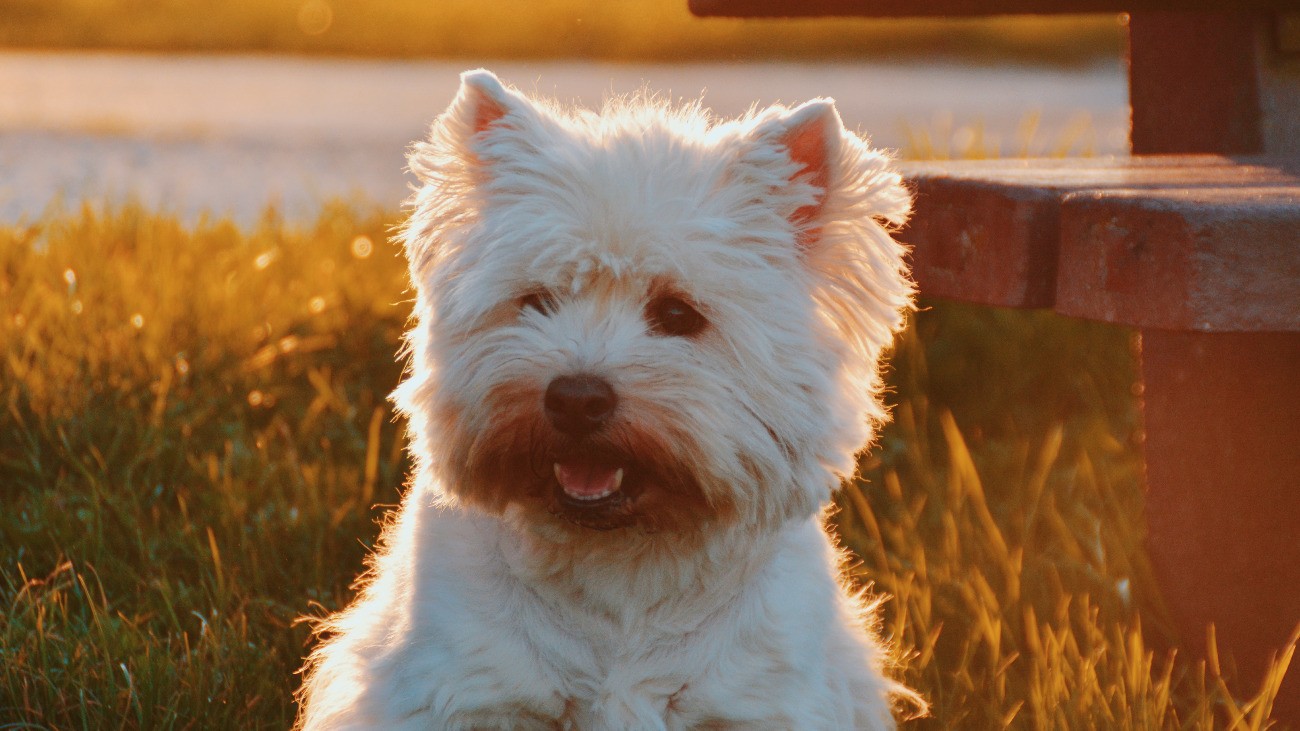They say dogs are man’s best friend, but they can pick up some of man’s worst habits too. Just as humans can overeat, so can dogs. Some would say the difference is that it’s easier to change the eating habits of your pooch than it is to change your own…
Of course, unless a dog is permitted to eat whenever it likes by having access to an overfull food bowl, they cannot access food the same way we can. So, if your dog is overweight and should drop a few pounds, here’s how to get started with creating a weight loss plan to suit their needs.
Seek advice from your vet first
There could be a medical reason why your dog has gained weight. It’s always a good idea to take your dog to the vet to get a proper check-up to confirm he’s healthy.
They’ll weigh your dog and let you know what a healthy weight would be for his size and breed. It gives you an excellent starting point to go from.
Reduce their treats

There are two kinds of dog treats:
- Proper treats created for dogs
- Treats or scraps originally intended for humans
Be aware that some human food can be poisonous to dogs – chocolate, grapes, and garlic are three of many. Other foods, such as cheese and cooked chicken, are fine in moderation, but they can quickly become excessive, causing your pet to gain weight.
Dog treats are better, but if you do feed your dog these treats, their main meals should be reduced in size to compensate. It may take time to adjust their intake to reach a level that suits your dog. More active dogs require more food than more sedentary dogs – even those of the same breed and weight.
Consider switching to a weight loss dog food formula
Sometimes, reducing the amount your dog eats is all you need to do to achieve your aims of a fitter, leaner pooch. However, some owners find they get better results with a good weight loss dog food. There are dry kibble and canned food options available, complete with instructions on how much to feed per day to achieve weight loss.
A major advantage of choosing these foods is that they are lower in calories per cup or gram compared to regular foods. You can also count on getting a complete formula with lots of fiber and protein to help maintain fullness. If they’re hungry, they’ll pester you for food and that doesn’t make things easy.
If you do switch, it’s best to stick with the same type of food, i.e. canned or dry, your dog is currently having. A similar flavor is good too. Mix a little of the new food in with a reduced portion of their current food to start with. Swap out one for the other over about a week. This reduces the risk of adverse digestive effects and will avoid issues with stomach sensitivity.
Increase the amount of exercise they’re getting
Humans lose weight more easily when focusing on the two most important influences of weight:
- Reducing food intake (energy input)
- Increasing exercise (energy output)
It’s no surprise to discover dogs work the same way we do. We’ve covered the food aspect already, so it’s time to think about adding more exercise to your dog’s weight loss plan.
Think about the amount of exercise they currently get each day. Maybe you take them for a 30-minute walk every morning before work. Perhaps you fit in a longer walk for an hour on the weekend. Whatever you currently do, think about how you could extend it. This might mean choosing a different route to lengthen the walk by 10 minutes every week. If you don’t walk your dog very often, make sure you start now. Start with 10-15 minutes per day and remember you’ll get just as much benefit from it as your dog.
Exercise doesn’t just mean walking though. If you have a garden, you could play ball with them. It’s a good time to do some training too, although be careful of the number of treats you give them as rewards. You don’t want to undo all your hard work.
If you follow the above steps, you should find your dog drops those excess pounds over the next few weeks or months. This ensures they have a great chance of enjoying a longer life.
Did you find this article helpful?
